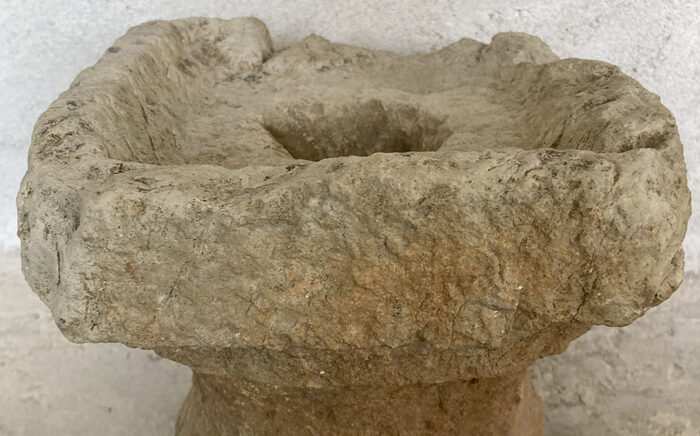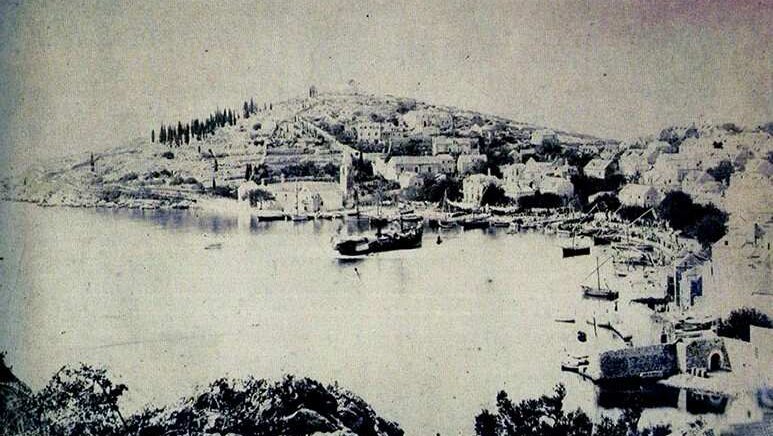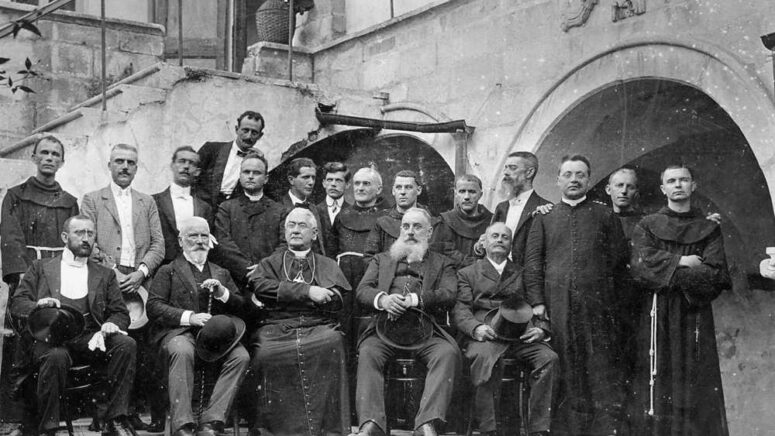The everyday life of people in ancient times was primarily imbued with a sense of respect for the natural forces that rule the world. This notion, called religio, differs from today’s concept of religion. This vague sense of the presence of supernatural danger, akin to superstitious intuition, postponed all tasks unless they could be carried […]
Roman provincial cities typically were the centres of the annexed territorial units organised and divided among the Roman colonists. State land (ager publicus) was created by confiscation of land; however, such areas were not under direct jurisdiction of the state. By retaining their sovereign right, the state would bequeath them to the administrations of municipal […]
More than 100 years ago, an epidemic, similar to the one we are currently witnessing on a global scale, took place in Cavtat. Namely, in the middle of June 1919, the smallpox disease broke out in Cavtat. It arrived in Cavtat in mid-May of the same year, brought by a woman who returned home from […]
`The ruins of ancient “Epidaurum” are well worth exploring‘, wrote Ivo Kunčević, a member of the Dubrovnik branch of the Croatian Antiquarian Society, on 15th July 1929, suggesting that all previously known archaeological sites related to Epidaurum should be shown on a unified topographic map. Among the localities mentioned by Kunčević, there are also archaeological […]
The area of the Cavtat peninsula of Sustjepan is listed in the municipal urban plan as a particularly valuable natural landscape. Fortunately, excessive urbanization has not spoiled the view of Sustjepan from the opposite peninsula of Rat, nor from the Luka Bay, which is enclosed by these two peninsulas. The indented nature of the coast […]




